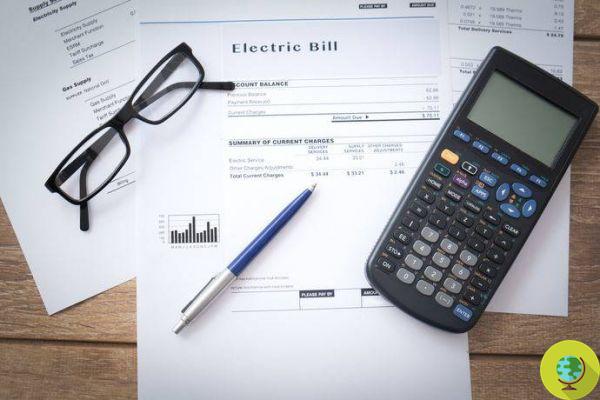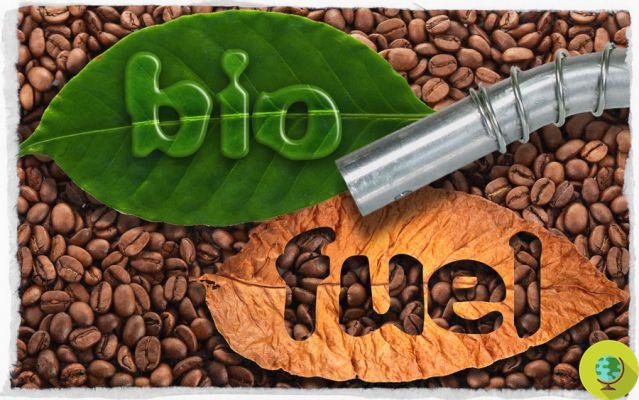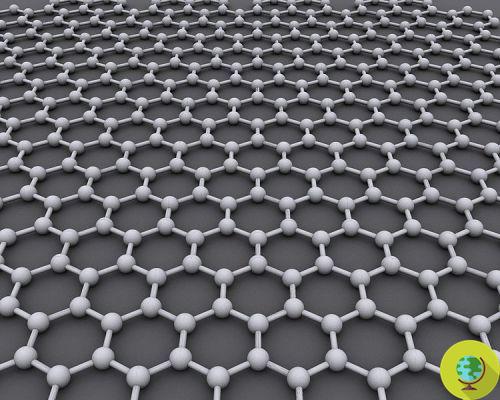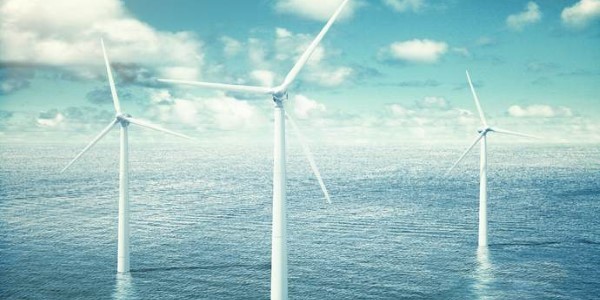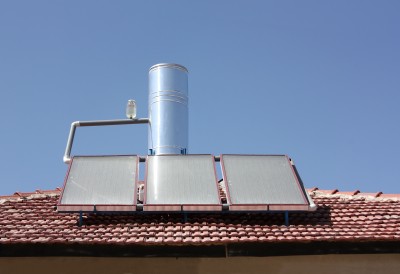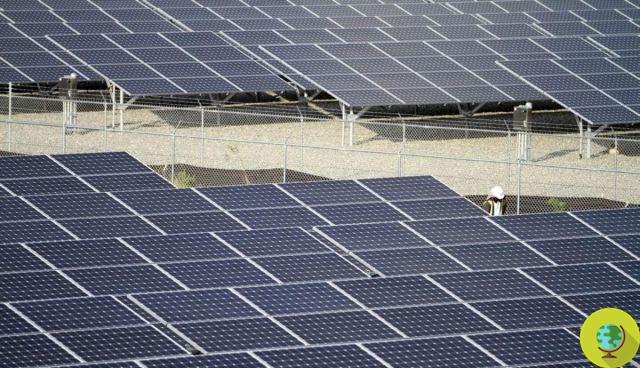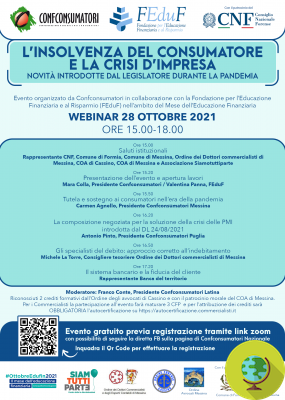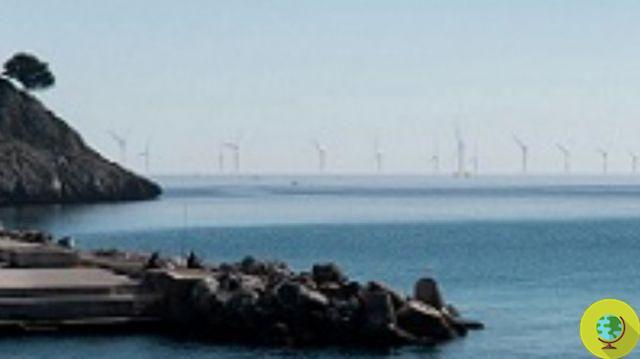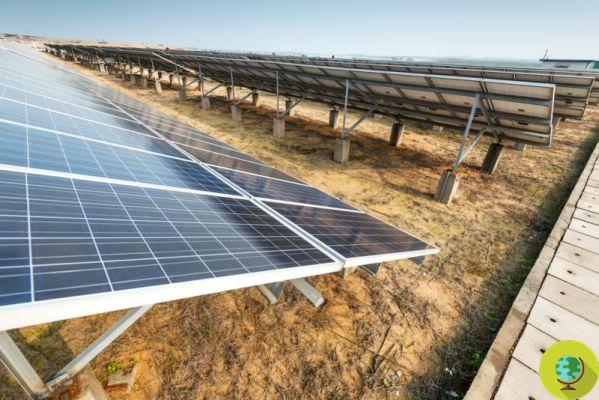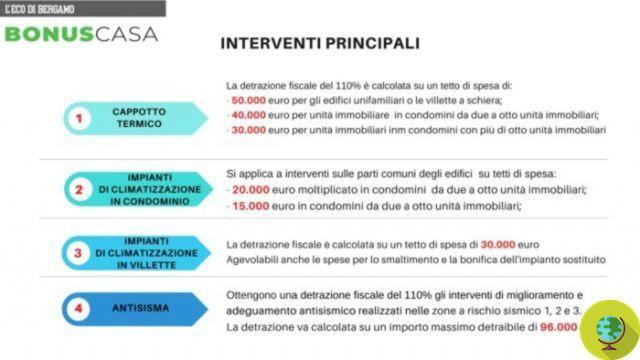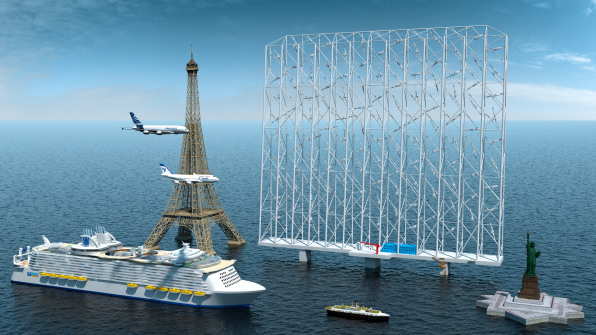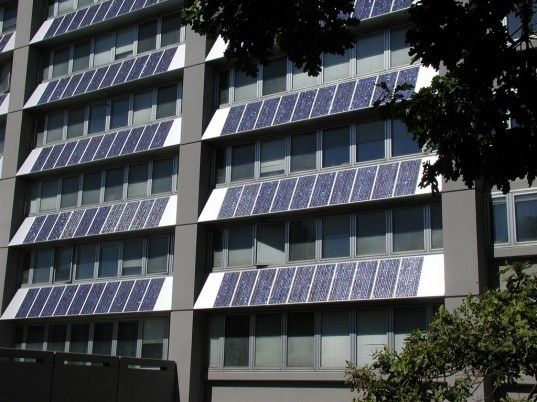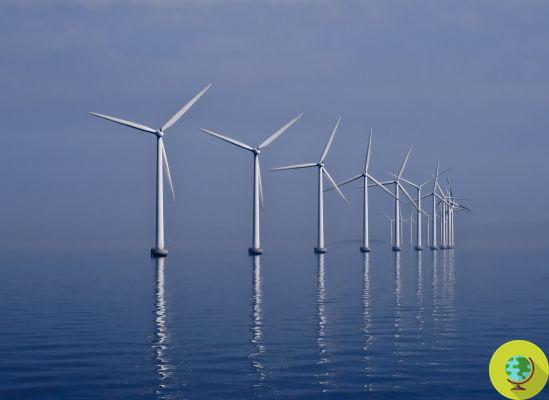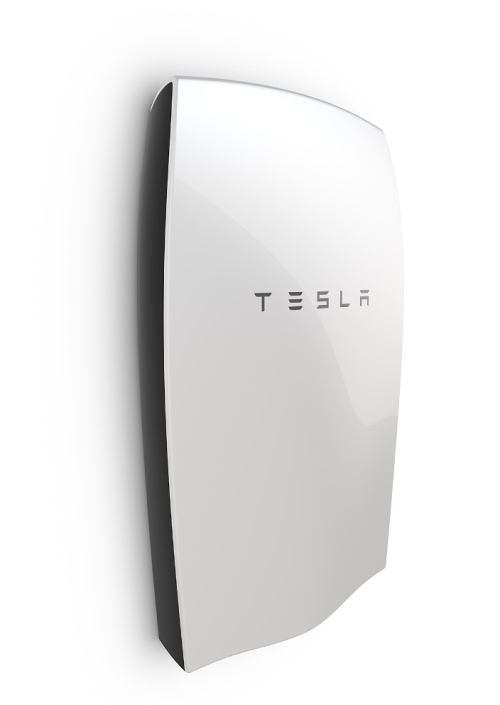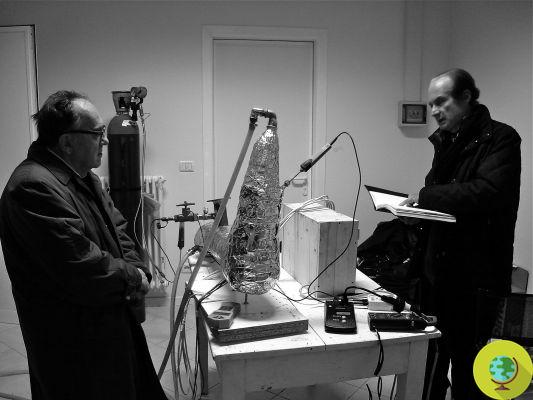Producing clean energy through water electrolysis? It is possible thanks to the titanium dioxide electrodes
He is about to end up run over, his mother saves himWe all know the process ofelectrolysis, which allows the water molecules to be split into two by-products, two ions, one positive H + and one negative OH-, the latter defined as hydroxyl ion. Less simple is to understand how it is possible to produce clean energy from this process. In fact, by storing hydrogen, it would be possible to produce electricity.
Some scholars have done it Stanford, which managed to overcome the limits related to the corrosion of the electrodes, in an environment considered hostile, such as that of water. Meanwhile, it should be noted that the electrodes are generally made of silicon. The latter actually aids in the production of electrons but is easily eliminated by the water.
To overcome this, let's say, minor inconvenience, the team of scientists has developed a protective layer of titanium dioxide of about two nanometers thick, able to guarantee the electrodes the durability to resist in the water during the splitting process. In addition, in addition to the titanium dioxide, the scholars have inserted a layer of iridium ultra thin which acts as a catalyst for the whole process.
This new system uses solar energy during the day to split water molecules into oxygen and hydrogen, then storing them until, once darkness falls and sunlight is gone, hydrogen and oxygen can again unite to create electric energy.
The team, led by the engineer Paul McIntyre and the chemist Christopher Chidsey, has therefore devised a robust silicon-based electrode capable of withstanding a highly corrosive environment, overcoming one of the most difficult challenges posed in recent years regarding the electrolysis process. “In theory, water splitting is a clean and efficient way to store energy. Unfortunately, solving one problem creates another, ”McIntyre said. "Electrodes are usually made of silicon, a material that corrodes."
Hence the choice of titanium dioxide. “Titanium dioxide is perfect for this application,” McIntyre explained on the site Physorg. "It is transparent to light and can be efficient at transferring electrical energy, all while protecting the silicon from corrosion."




